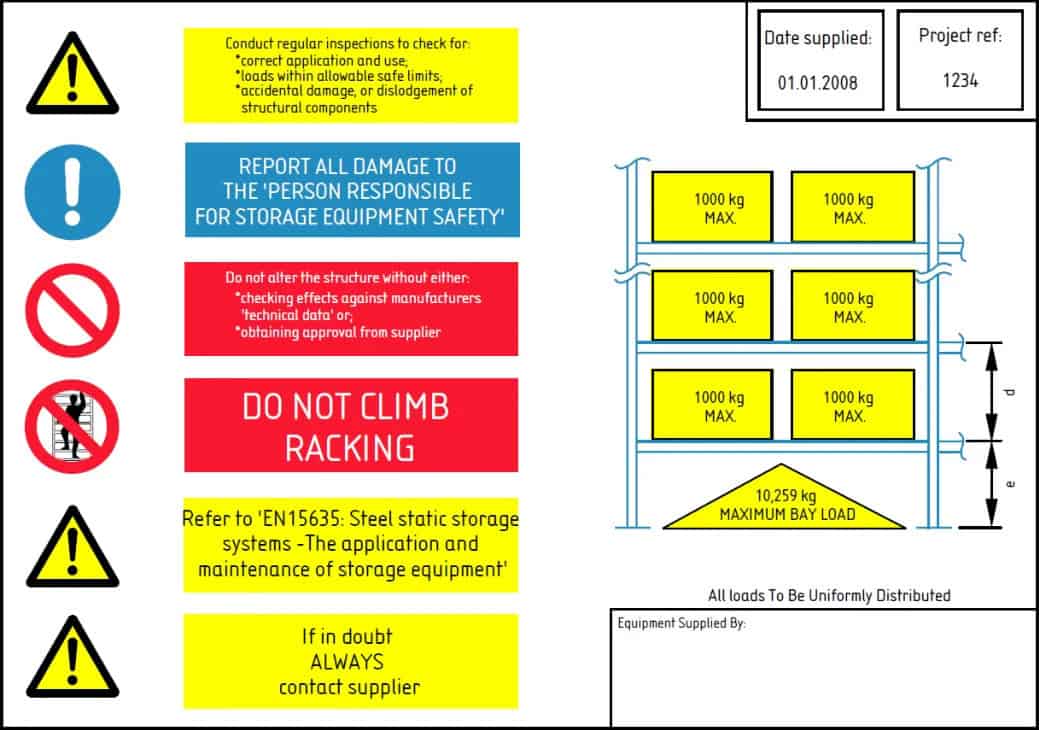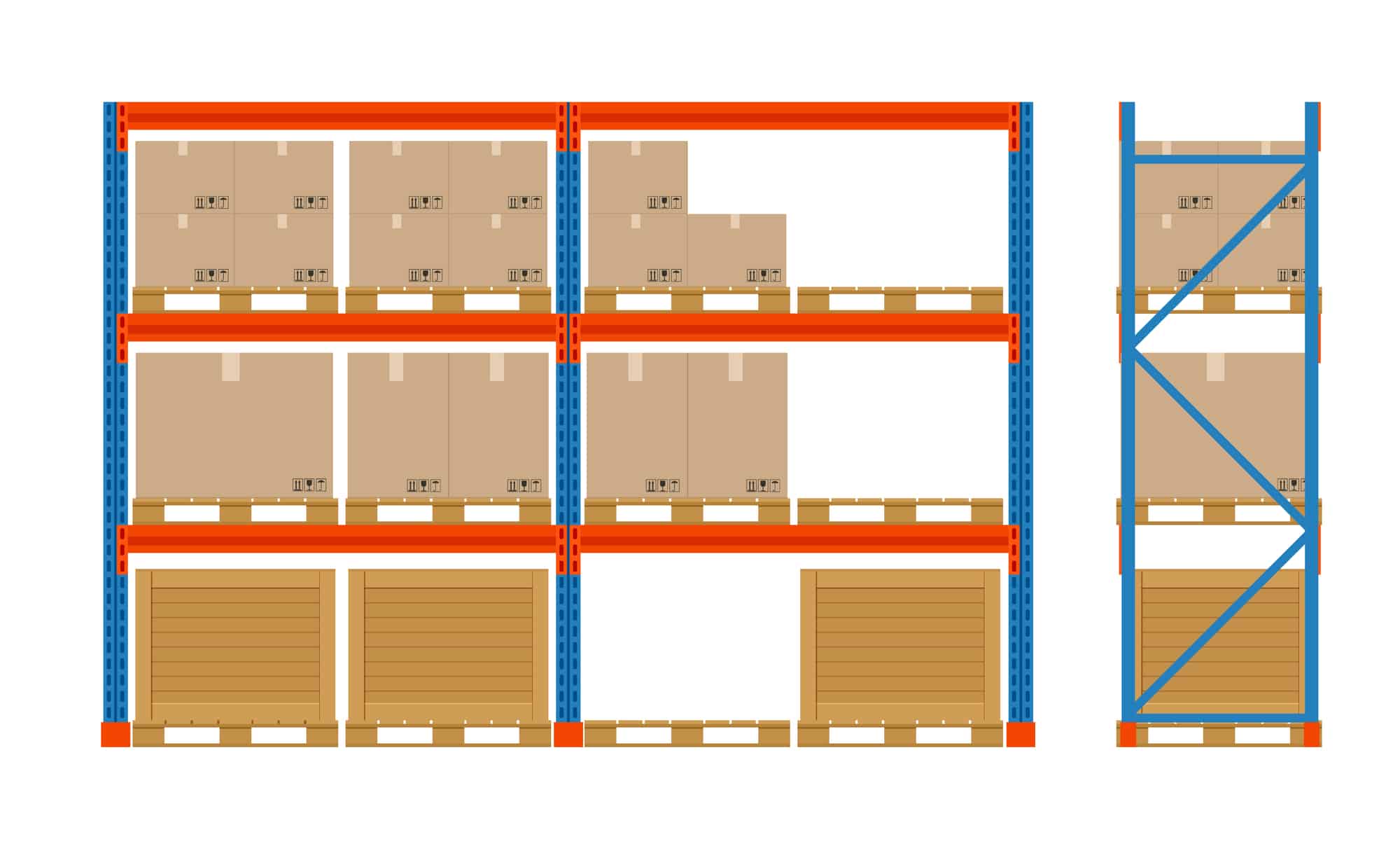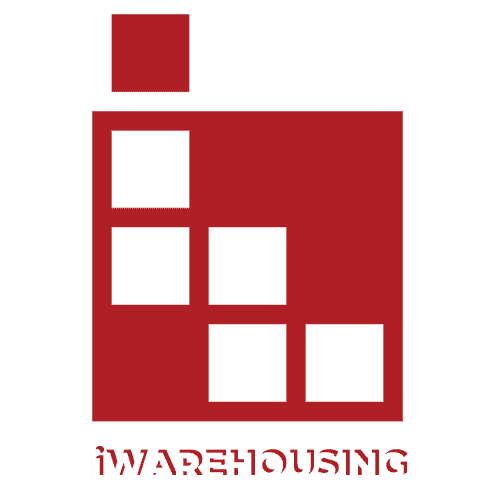The 4 Key Areas in Warehouse Management which houses Warehouse KPIs
With quite a number of Warehouse Key Performance Indicators (KPIs) to choose from, prioritizing those that matter most can be a challenge. You are a warehouse business owner and would like to set up a performance management system. Or it could be that you are a Warehouse Manager looking at revising and improving this year’s goals and measures but not sure where to start.
A Balanced Scorecard of Warehouse KPIs can guide and help you choose the most significant ones for your business.
What is a Balanced Scorecard for Warehouse KPIs and Inventory KPIs?
Described simply, a Balanced Scorecard is a management goal-setting strategy covering key areas in your entire Management System. It helps identify goals, KPIs, measurements and targets across 4 important areas in your warehouse operation or business.
Generally, the 4 Key Management Areas are:
- Financial – This area points to cost-related goals (sales, direct costs) that impact bottom line or revenue. This can include overhead costs, inventory costs, sales, delivery costs and cost of returns.
- Customer – What KPIs are considered important by customers?
These are goals that are perceived vital by end-users and can result to a satisfaction or dissatisfaction of clients. Others label this key area as “Quality”, though it can include indicators like Response Time under it.
- Business Process (Internal Process) – Where should we excel in our internal operations?
This includes goals that improve operational efficiency. Commonly, it cites measures such as throughput, quality, internal costs, cycle time, etc. This is also referred to as “Internal Process”.
- Personnel Growth – How do we improve, innovate and create value?
This perspective addresses manpower skills training and motivation. Efforts to innovate and improve products and services can also be classified under this perspective. The important thing is that personnel growth and motivation are recognized as invaluable assets to creating better value in any business operation.
Having goals and measures across key areas in your warehouse business helps ensure all bases are covered. For example, Financial goals are important, but also are Personnel Growth goals, especially for a process or operation that is dependent on human skills for the success of an activity.
With the Balanced Scorecard approach, you are sure to consider all vital intangible assets (value-creating assets) and incorporate these into your management system.
Illustrated Balanced Scorecard of Warehouse KPIs
Below is an illustration of how Balanced Scorecard can guide process of setting goals and warehouse KPIs/ inventory KPIs, give or take a few. These KPI’s are designed for the entire business operation. Sub-departments may come up with their own specific KPI’s in support of these main KPI’s.
Also, you may add more targeted warehouse KPIs and inventory KPIs to replace macro ones, but the idea is to keep the number of KPIs to an ideal range of 10-12 for every scorecard. A higher number can mean waste of resources tracking and measuring too many KPIs; a fewer number poses a risk of some important indicators not captured.
Handy Guide to Balanced Scorecard of Warehouse KPIs:
| Perspective | Management Goal | Warehouse KPI | Measurement | Remarks |
|---|---|---|---|---|
| Financial | F1. Improve Return on Investment (ROI) | ROI (earnings for every dollar of inventory) | Gross Margin/ Inventory Cost | Shows return on profit on the capital invested on stocks |
| F2: Reduce inventory carrying costs | Inventory Carrying Cost, % | Overhead Cost/ Total Value of Inventory x 100 | Overhead costs include cost of expired or damaged goods. | |
| F3: Reduce Inventory Variance Cost | Shrinkage Or Shrinkage as % to Sales Value | Value of Inventory on Records – Value of Physical Inventory Or Shrinkage/ Sales x 100 | A negative variance can indicate missing items or transaction errors | |
| F4: Reduce Delivery Cost | Delivery Cost, % | Distribution Cost/ Sales Revenue x 100 | A lower ratio is favorable | |
| F5: Reduce Cost of Returns | Cost of Returns, USD Or Returns Rate, % | Cost of goods returned plus cost of handling return goods Or Units Returned/ Units Sold x 100 | This is often associated with Delivery Accuracy. | |
| Customer | C1: Achieve on-time delivery | On-time Delivery, % | On-time Delivery/ Total Delivery x 100 | Usually aimed at 100%. |
| C2: Fulfill purchase orders (PO’s) | Fulfilled POs, % | Closed POs/ Total Pos x 100 | ||
| C3: Reduce delivery lead time to customer | Delivery Lead Time, hrs (days) | Duration elapsed from the time order was placed. | Differs from On-time delivery. This KPI measures responsiveness – speed to serve. | |
| C4: Improve Delivery Accuracy | Delivery Accuracy, % | # of orders delivered without errors/ Total orders delivered X 100 | This KPI balances Delivery Lead Time – fast service with quality. | |
| Business Process | xxx | xxx | xxx | xxx |
Contact Us or WhatsApp me to download the completed pdf version of the Illustrated Guide to Balanced Scorecard for Warehouse KPIs.







